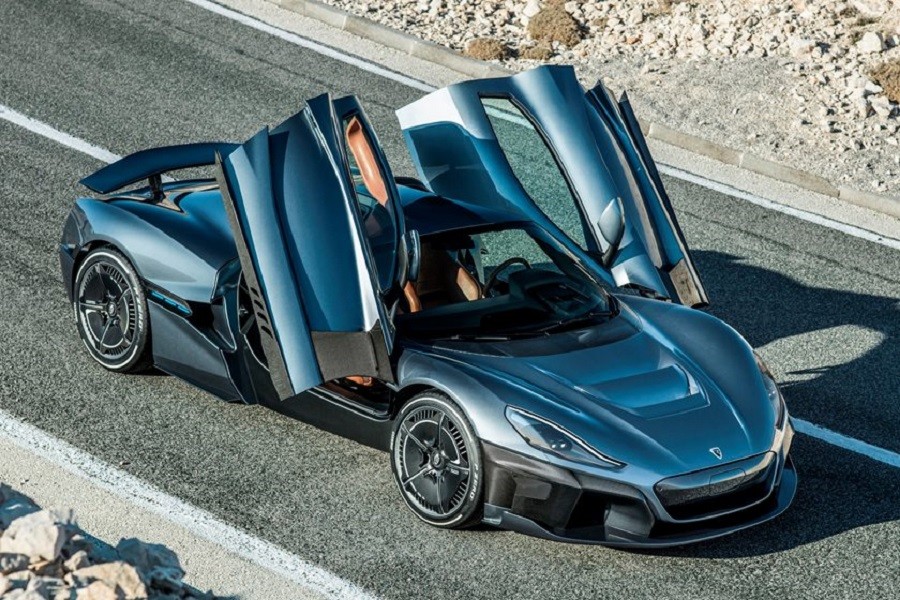Introduction
We bring you the all-new mighty pure electric GT hypercar. And it’s not just the capacity of a track run but also is crossing continents with great awe and easy of style. This has a lot more user-friendly controls and comes in the great configuration.
It is personal and extremely powerful as well. The free rein is being established with the representation of power and passion on the right grounds.
The car has been designed by the Rimac’s in house team and comes all from scratch. Loaded with techs like a ground-breaking like no other ones. It is equipped with Rimac C Two features: the full carbon fiber monocoque with a bonded carbon roof.
And along comes the integrated battery pack and merged rear carbon subframe. There are crash structures made from aluminum but the body is mostly carbon fiber. This makes it both, relatively light as well as exceptionally strong.
The Powertrain and performance
The vehicle can be best described as an all-electric two-seater supercar with a powerful performance of 1408 kW and a motor torque of 2300 Nm. The vehicle can gain a top speed of 412 mph and goes from 0 to 100 in 1.97 seconds.
This gets a lot of attention from the Rimac C Two. The comfort of the system has been increased from the Double A-arm suspension with electronically adjustable dampers and active ride height. The control system gets a perfect couple of 390 mm of 6 pistons and one each for the rear and the front from CCMR.

The powertrain of Rimac C Two is based on the four independent electric motors of four-wheel drive with software-controlled torque vectoring.
There are two-speed gearboxes installed for the rear and single two for the front. The systems and the engines are cooled by the 7 independent cooling systems which are an ll fan and pump system run on 48 V.
The aerodynamics gets enhanced by the active elements such as the front diffusers, control system with active suspension and aerodynamics.
The safety is also controlled vie airbags for driver, side airbags, dynamic torque vectoring and tough structure against collision.


